LLNL scientists are using innovative techniques to find new particles.
Searching for new particles within the Standard Model
The discovery of the Higgs boson particle answered a major question of the Standard Model of particle physics: the mechanism for electroweak symmetry breaking. However, there are still many outstanding questions about the structure of the Standard Model itself, as well as observational phenomena that cannot be explained by the model.
We aim to answer some of these questions by using innovative techniques to find new particles from proton–proton collisions.
Our technique provides clean signals
We focus on finding new physics in events where two protons exchange two photons, which then fuse to produce new fundamental particles.
To find these events, we measure the outgoing protons using detectors 200 meters away from the photon fusion interaction, and then we measure the decay products of the new particle using the Compact Muon Solenoid (CMS) detector.
This signal is much cleaner than the typical events analyzed at the Large Hadron Collider because the protons stay intact and there is not a mess of additional particles from the breakup of the protons.
With the additional information from the proton detectors, the clean signal from the photon fusion event can be deciphered from the much higher cross-section backgrounds where the protons break up.
Featured results
Our results outlined in A.M. Sirunyan, 2018, represent the first observation of proton-tagged gamma–gamma collisions at the electroweak scale. The data demonstrates the excellent performance of the Precision Proton Spectrometer proton-taggers and its potential for high-mass exclusive (proton-tagged) measurements.
Our analysis in V. Khachatryan, 2016, provided the first evidence for gamma–gamma→W+W- production. In the signal region, 13 (2) events are observed over an expected background of 3.9+/-0.6 (0.84+/-0.15) events for 8 (7) TeV. In addition, the most stringent upper limits to date on various anomalous quartic gauge coupling operators were derived from the measured dilepton transverse momentum spectrum.
Featured publications
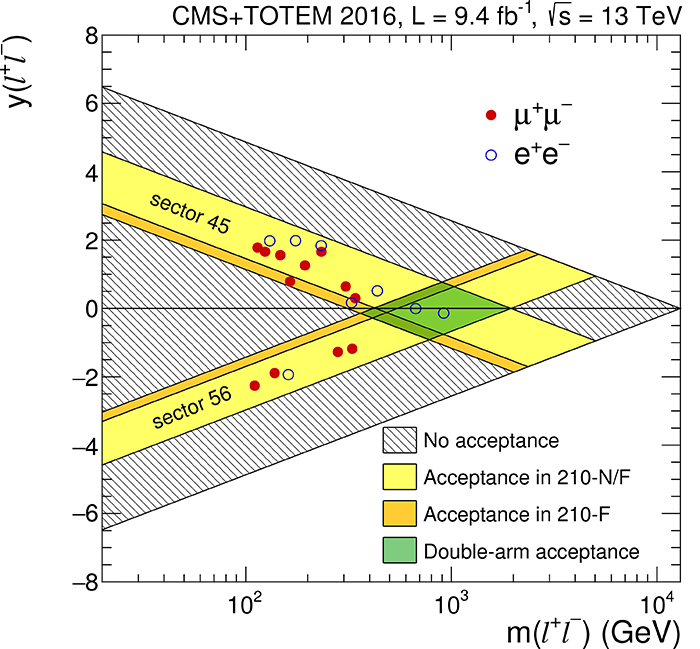
Observation of proton-tagged, central (semi)exclusive production of high-mass lepton pairs in pp collisions at 13 TeV with the CMS-TOTEM precision proton spectrometer | Journal of High Energy Physics, 2018
A.M. Sirunyan, et al (CMS collaboration)
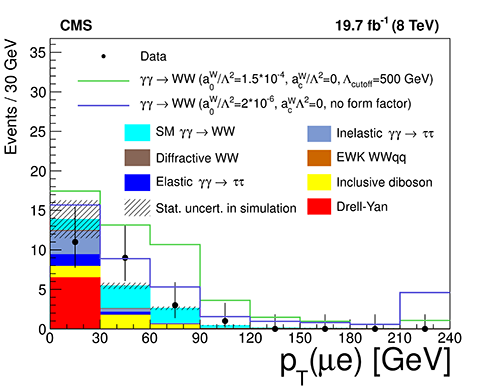
Evidence for exclusive gamma-gamma to W+W- production and constraints on anomalous quartic gauge couplings in pp collisions a sqrt(s) = 7 and 8 TeV | Journal of High Energy Physics, 2016
V. Khachatryan, et al (CMS Collaboration)
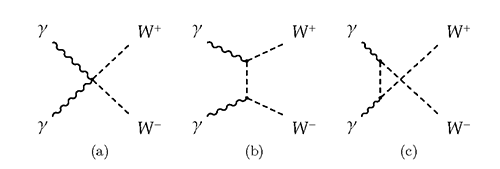
Study of exclusive two-photon production of W+W- in pp collisions at sqrt(s) = 7 TeV and constraints on anomalous quartic gauge couplings | Journal of High Energy Physics, 2013
S. Chatrchyan, et al (CMS Collaboration)
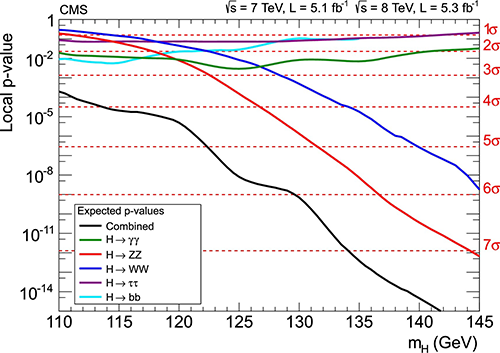
Observation of a new boson at a mass of 125 GeV with the CMS experiment at the LHC | Physics Letters B, 2012
S. Chatrchyan, et al (CMS Collaboration)

Exclusive photon-photon production of muon pairs in in pp collisions at sqrt(s) = 7 TeV | Journal of High Energy Physics, 2012
S. Chatrchyan, et al (CMS Collaboration)
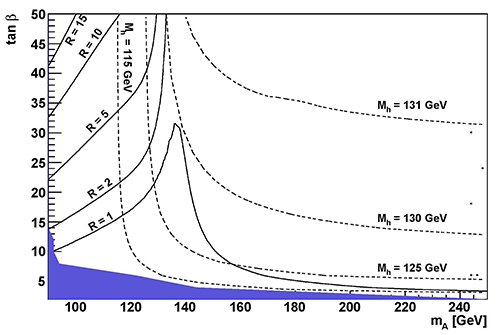
The FP420 R&D Project: Higgs and New Physics with forward protons at the LHC | Journal of Instrumentation, 2009
M.G. Albrow, et al




